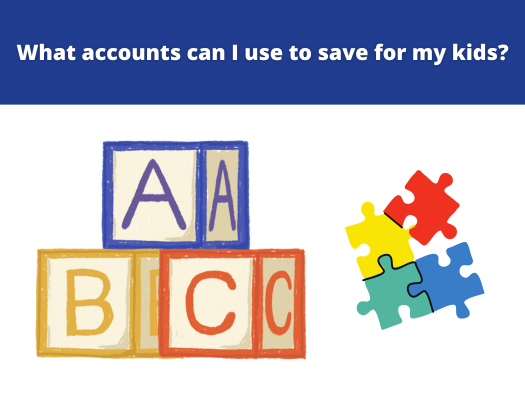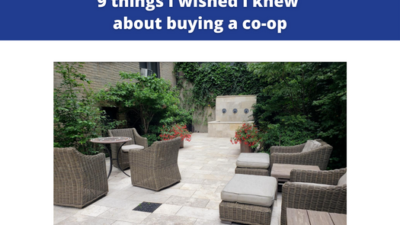How the Save My Cents approach 529s
We always wanted children and true to Save My Cents form, we had started planning early. Mr. Save My Cents and I opened 529 accounts in New York five years before we had our first child. This is an easy and often overlooked way to get an early start on family-planning. You can do so by setting the beneficiary as yourself, and give yourself a head-start on saving for your children’s education expenses.
We began contributing $5,000 to each account a year, amounting to $10,000 total, almost every year (there was one year when we missed the deadline of December 31). As New York State residents, we receive a state income tax benefit. So, if our highest marginal tax rate is 6.85%, that means $685 was saved on the $10K in income. We invested the funds in a mutual fund.
Over the years, let’s say, hypothetically we have a 5% per year return, what does this mean? Well, if we put in $10K a year for 23 years (5 years + 18 years with the oldest child), the overall contributions and growth would result in a total value $414,305, $230,000 of which represents what we originally contributed.
Could a 529 be fore you?
If you’re pretty certain your child will need to spend the money on education (which now also includes primary and secondary school private tuition and fees), a 529 is a great way to invest money with the added benefit of having your money grow tax-free. This alone makes 529s an advantage over a brokerage account. The tax-free growth on a 529 is available to everyone, regardless of whether their state offers an income tax benefit.
In addition, 529s are better than custodial accounts, when it comes to financial aid.
Parent and student-owned 529s reduce a student’s financial aid package by up to just 5.64% of the account value, whereas UGMA/UTMA accounts reduce financial aid packages by 20% of the account value.
What happens if we save too much?
I don’t know if we will keep contributing $10K a year forever, especially if we don’t have more than one child. I’m also watching college tuition trends at some of our target schools, each year. If tuition does not rise exponentially, we might adjust towards the later years and put in less. If there’s still extra money, we could gift the account to someone else in our families by simply changing the beneficiary. This could include grandchildren, nieces, and nephews. If we don’t have any family members who could benefit (I highly doubt this would be the case, but let’s just pretend), then a non-family member beneficiary would be subject to paying penalties and taxes on the earnings if we gift them the account.
What are the penalties and taxes?
In general, the earnings (so not the $230K we hypothetically put in) may be subject to a 10% penalty, federal, state, and local taxes. While the underlying contributions aren’t taxed, earnings can be significant after a long time. So for very obvious reasons, we are going to watch our contributions and avoid putting in too much.
Do all people benefit from 529, similarly?
No. There are 16 states that don’t offer income tax savings on contributions to the 529. That, however, shouldn’t stop you from opening accounts from otherstates. You do want to do your research as various stages have different fees, maximum account value limits, for 529s.
Want to learn how a 529 can fit more broadly into your savings plan? Consider private coaching by Save My Cents, where I provide a unique calculation catered for you, or, consider the Save My Retirement Masterclass to get a crash course on how to save for retirement in the United States, including a section just for parents!
Make sure to follow me at @savemycents on Instagram and @savemycentsfb on Facebook for even more tips on 529 plans and all things personal finance.










